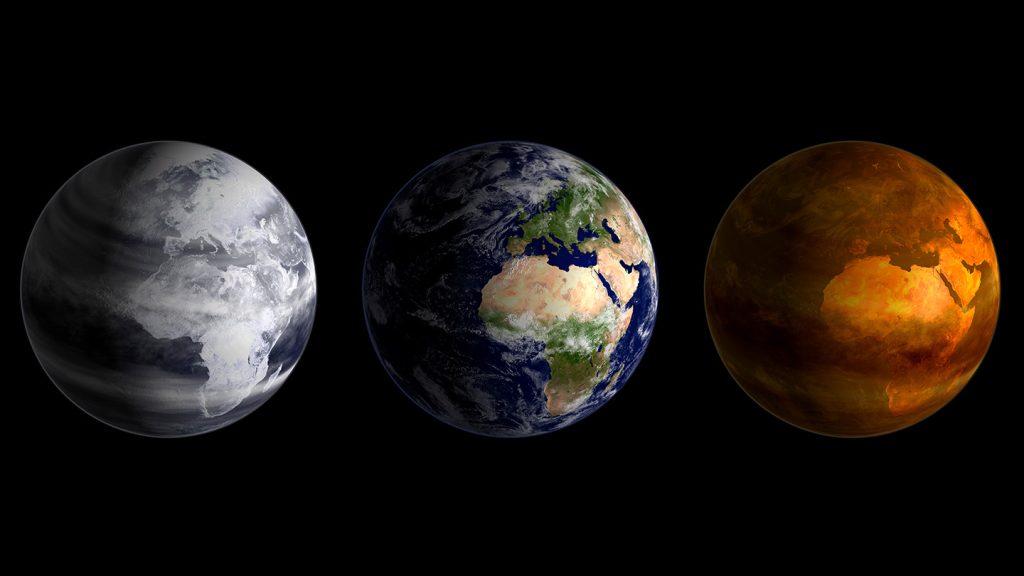Researchers have been working to reconstruct ancient greenhouse temperatures and have found that Earth’s tropics were much warmer during certain episodes than previously thought. This new information has implications for understanding Earth’s current warming trend, with the planet’s average temperature currently at about 15°C. While this suggests that the planet is in a relative icehouse condition, it is important to note that human-caused global warming is still a significant concern. The rapid rate at which CO2 and temperatures are changing poses a threat to both Earth’s ecosystems and human populations, as organisms struggle to keep pace with the rapid changes.
The team of researchers from the Smithsonian National Museum of Natural History has been working on piecing together a timeline for deep time fossil hall, and have found that previous reconstructions based on computer simulations underestimated past warm periods. These reconstructions have also shown that shifts in atmospheric carbon dioxide closely tracked changes in Earth’s temperatures, overshadowing other factors such as changing solar irradiance. This new information sheds light on the complexities of Earth’s climate system and the importance of understanding how various factors interact to influence global temperatures.
The concept of Earth’s resilience in the face of changing climate conditions does not directly translate to human ability to adapt and thrive in the face of human-caused climate change. The rapid changes in CO2 levels and temperatures pose a challenge for organisms, including humans, who evolved to tolerate colder conditions and tend to live close to sea levels. As the climate crisis continues to intensify, it is crucial to recognize the importance of the rate at which CO2 levels and temperatures are changing, as this poses a significant threat to both ecosystems and human populations.
The link between extreme heat and extreme weather events is a significant area of concern when it comes to navigating our planet’s changing climate. Researchers are collecting reader questions to further investigate these phenomena and gain a better understanding of how they are interconnected. By delving deeper into the factors influencing extreme heat and how it can lead to extreme weather events, scientists hope to develop strategies for mitigating the impacts of climate change and working towards a more sustainable future.
One of the key takeaways from the research on ancient greenhouse temperatures is the importance of considering the rate at which temperatures are changing as a crucial aspect of the climate crisis. While the Earth has shown resilience to gradual climate shifts in the past, the rapid changes currently occurring due to human-caused global warming pose a significant threat to both natural ecosystems and human populations. It is essential to address this issue with urgency and develop solutions to curb the effects of climate change on a global scale.
The work being done by the team at the Smithsonian National Museum of Natural History highlights the complexities of Earth’s climate system and the challenges posed by human-caused global warming. By reconstructing ancient greenhouse temperatures and examining the factors influencing Earth’s climate, researchers are gaining valuable insights into how our planet’s climate has evolved over time and how it is currently being impacted by human activity. This research serves as a reminder of the importance of addressing climate change and working towards solutions to protect Earth’s ecosystems and ensure a sustainable future for future generations.


